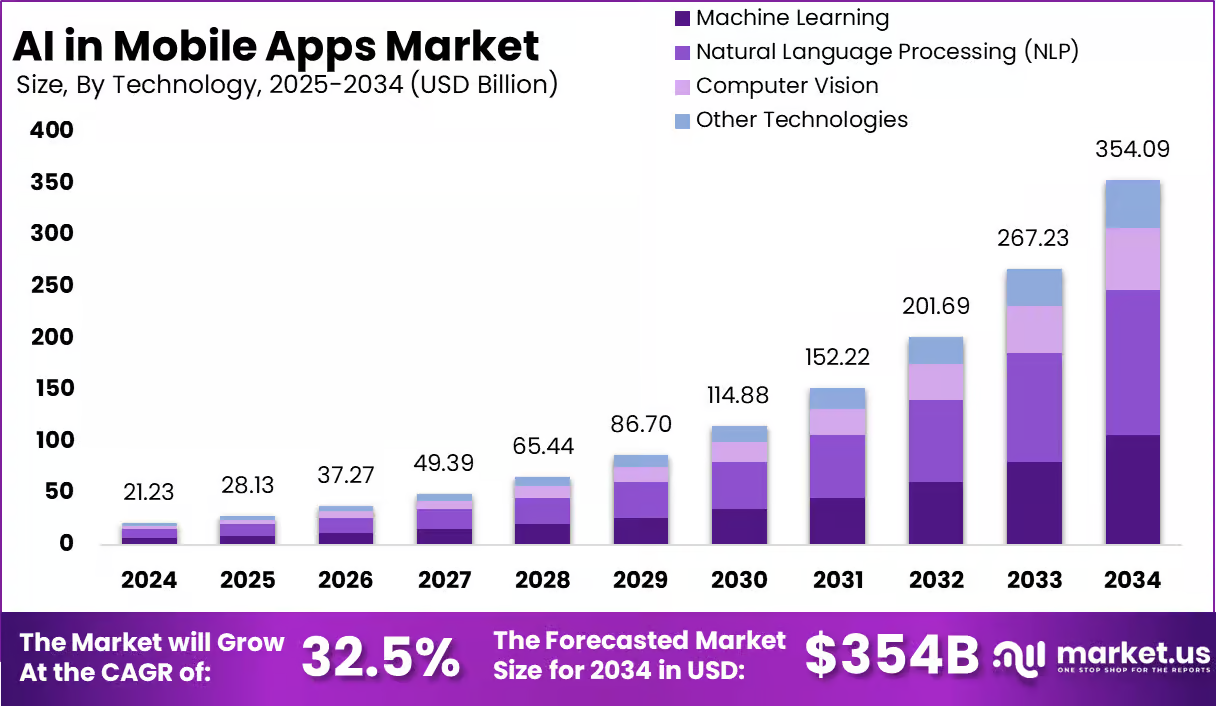AI Apps Are Booming-Here’s Why | 매거진에 참여하세요
AI Apps Are Booming-Here’s Why
#AIApps #WhatIsAnAI #Comparison #HowTheyDif #AIFirstDes #GrowthRate #Diffrent
As of 2024, artificial intelligence (AI) is no longer a niche technology limited to specific industries.
It’s everywhere—from our smartphones to factory floors and financial services.
And at the heart of this transformation is the explosive growth of AI-powered apps.
So, what exactly is an AI app?
In short, an AI app is an application that uses artificial intelligence to interact with users, analyze data, learn over time, or make predictions.
These apps can be broken down into three broad categories:
- Traditional apps: Apps without any AI features—think calculators or basic games.
- Traditional apps + AI: Existing apps that incorporate AI in some features (like a photo app that automatically classifies images).
- AI-first apps: Apps built from the ground up to leverage AI (think ChatGPT or AI-based translation apps).
Some research firms also use the term “intelligent apps,”
which usually refers to apps with more advanced AI capabilities—like real-time behavior analysis or predictive modeling.
In this blog, we treat intelligent apps as a more sophisticated subset of AI apps.
The Numbers Don’t Lie: AI App Market Is on Fire
According to Grand View Research,
the global AI app market is valued at around $2.94 billion in 2024,
and is projected to skyrocket to $5.13 billion in 2025. Fast forward to 2030, and we could be looking at a staggering $26.3 billion.
That’s a CAGR (compound annual growth rate) of 38.7%, which is massive.
It shows just how quickly AI is being integrated into the broader digital ecosystem.

(Source: Grand View Research)
The Mobile Takeover: AI Apps on Your Phone
One of the fastest-growing frontiers for AI apps is the mobile space.
According to Market.us,

AI-powered mobile apps will grow from $21.2 billion in 2024 to an eye-watering $354 billion by 2034.
That’s a 32.5% CAGR, and it signals a major shift in how we interact with our devices.
AI mobile apps are already all around us—virtual assistants, chatbots, health monitoring tools, financial analyzers, content recommenders, image and voice recognition tools, and more.
Many of us are using them daily without even realizing it.
Just think of ChatGPT-based apps, AI translators, or personalized news curators. These aren’t just novelties—they’re becoming essentials.
Beyond Mobile: AI Apps Are Spreading Across All Industries
Another big trend? AI apps are expanding far beyond mobile and making their way into every major sector.
Straits Research reports that in 2024, the market for advanced AI apps (including intelligent apps) is estimated at $40.9 billion.
By 2033, that number could surge to $488.5 billion. The projected CAGR? A strong 31.7%.
These apps use machine learning, natural language processing, and predictive analytics to understand user behavior,
automate tasks, and massively improve efficiency.
Whether it’s workflow automation, smarter customer experiences, or advanced recommendation engines, businesses are leaning hard into AI tech.
Real-World Evidence: 56,682 AI Apps Tracked
A 2022 academic study analyzed 56,682 AI-related apps on major app stores.
The researchers looked at everything from which AI frameworks were used to security and privacy practices and user feedback.
What they found wasn’t just a surge in quantity—but a significant improvement in quality, trust, and technical maturity.
In short, AI apps aren’t just experiments anymore—they’re becoming practical tools deeply embedded in our daily lives.
The Future Mix: What the App Market Might Look Like
Looking ahead, here’s how experts predict the app ecosystem will break down:
- Traditional apps: ~60%
- Traditional apps + AI features: ~30%
- AI-first apps: ~10%
These numbers are based on forecasts from firms like Gartner and CB Insights.
They reflect a clear trend: AI is no longer an optional add-on. It’s becoming a core design element,
and new apps are being built with intelligence as a foundation.
So, Where’s It All Heading?
The rapid rise of AI apps isn’t just about tech evolution—it’s also a response to rising user expectations.
People want faster, smarter, and more personalized experiences. And AI is one of the few technologies that can actually deliver on that promise.
Going forward, AI apps will continue to spread into education, healthcare, entertainment, smart homes, manufacturing, logistics
—you name it. But what really matters isn’t just how many AI apps we create
—it’s whether we can build reliable, ethical, and sustainable AI solutions that truly make life better.
The AI app era is just beginning. And it’s going to be big.






